Wednesday, June 19, 2019 - Over the next several days, we tour the beaches, museums and cemeteries that
commemorate the D-Day battles and the thousands who gave their lives in the 24-hours that saved the world. The
museum in Caen provides coverage of the lead-up to WW II and of the war in both Europe and the Pacific, accounts
of the Holocaust and Nazi-occupied France, the Cold War aftermath and effectively puts the Battle of Normandy
into a broader context.
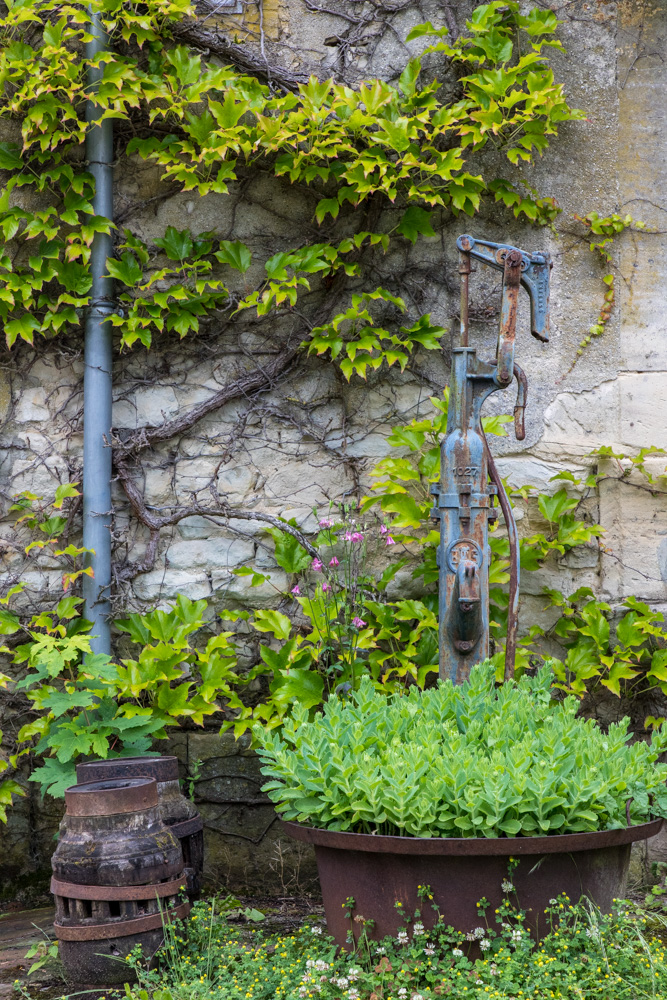
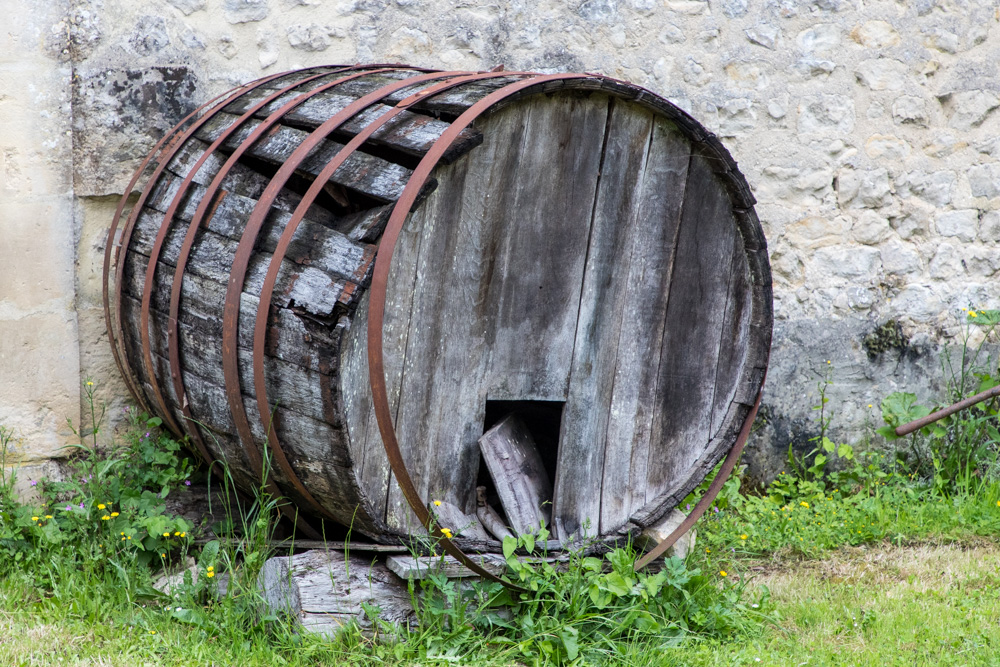
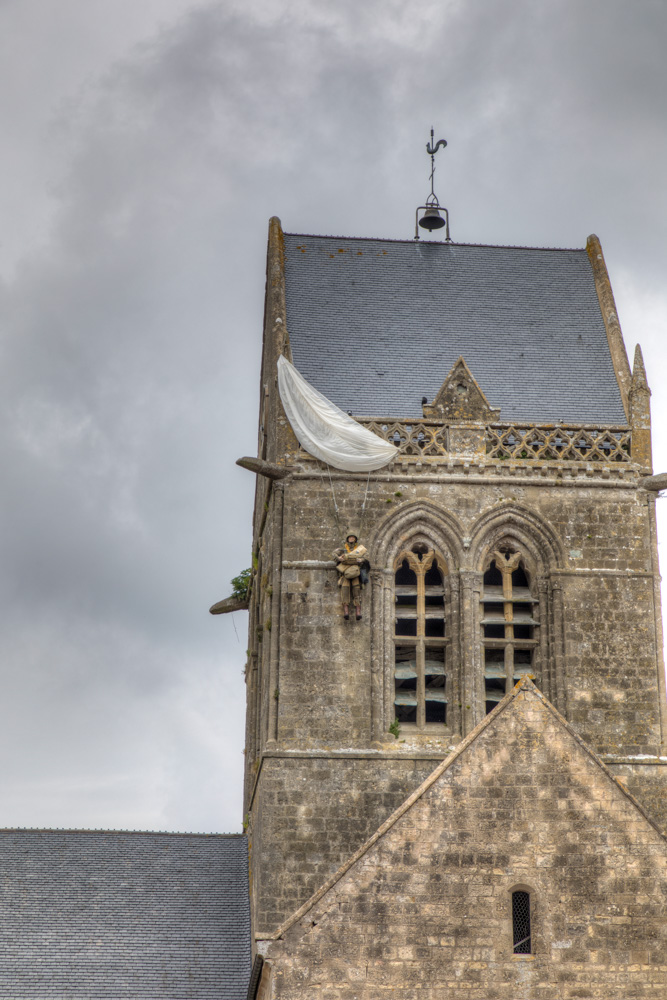
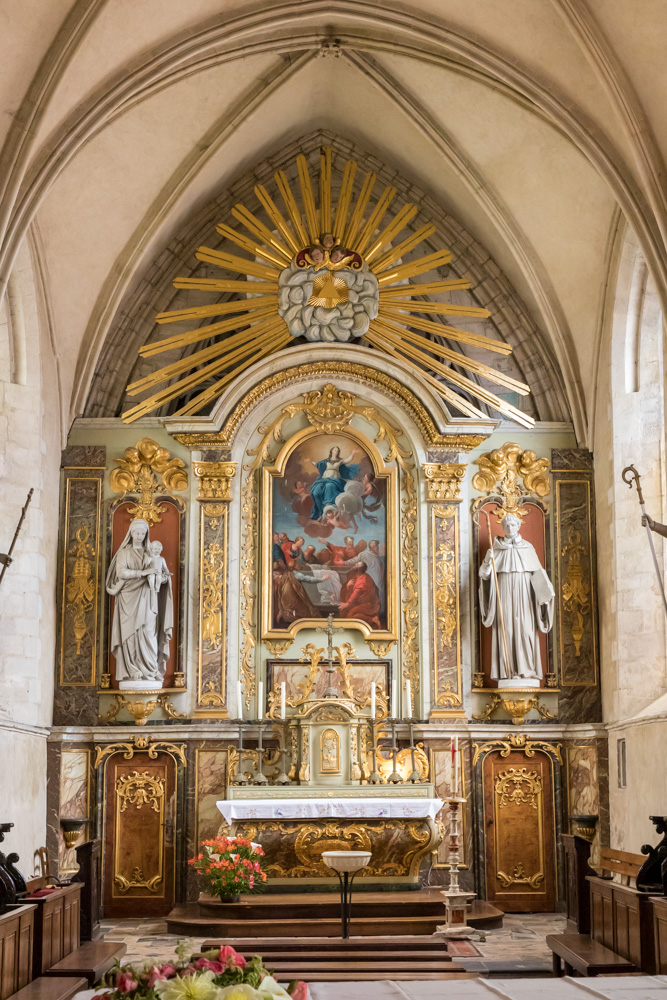
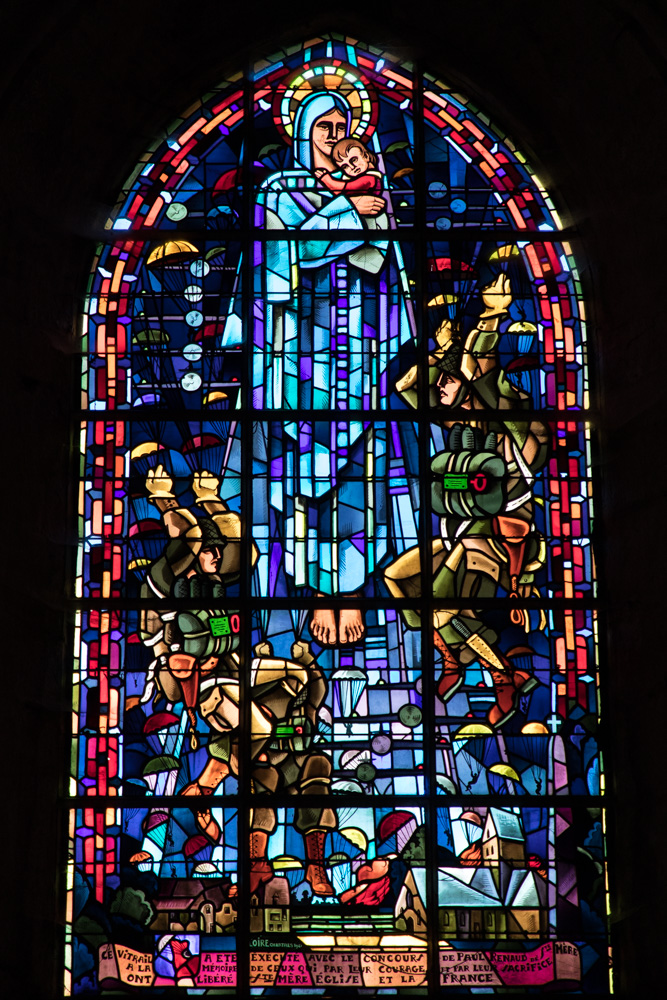
In this one the paratroopers come down around the Virgin Mary and baby Jesus.

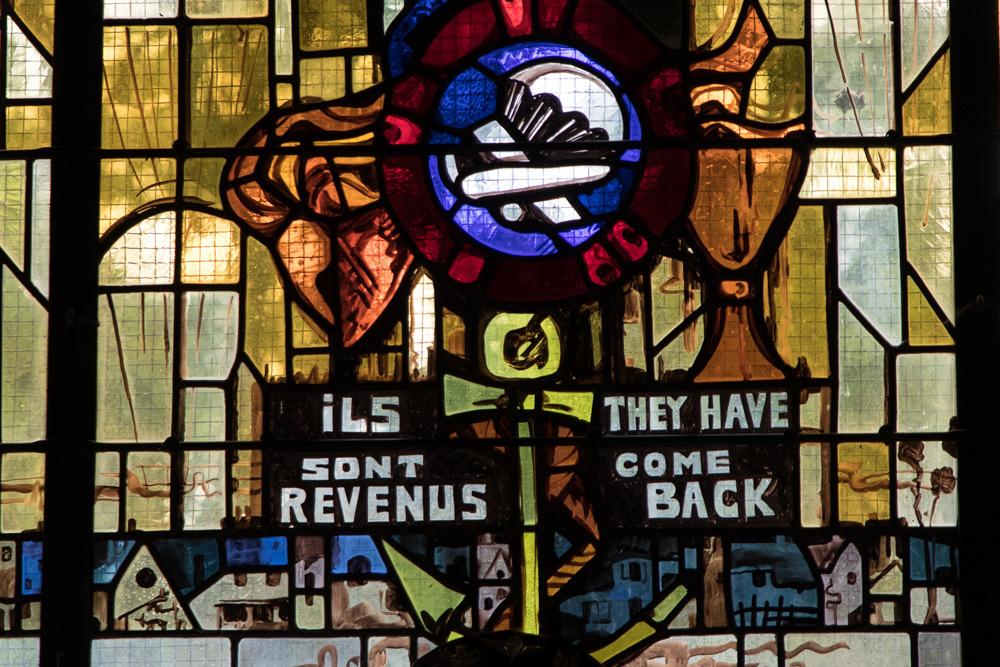
D-Day in the Utah sector began at 01:30, when the first of the airborne units arrived, tasked with securing the key crossroads at Sainte-Mere-Eglise and controlling the causeways through the flooded farmland behind Utah so the infantry could advance inland. While some airborne objectives were quickly met, many paratroopers landed far from their drop zones and were unable to fulfill their objectives on the first day.
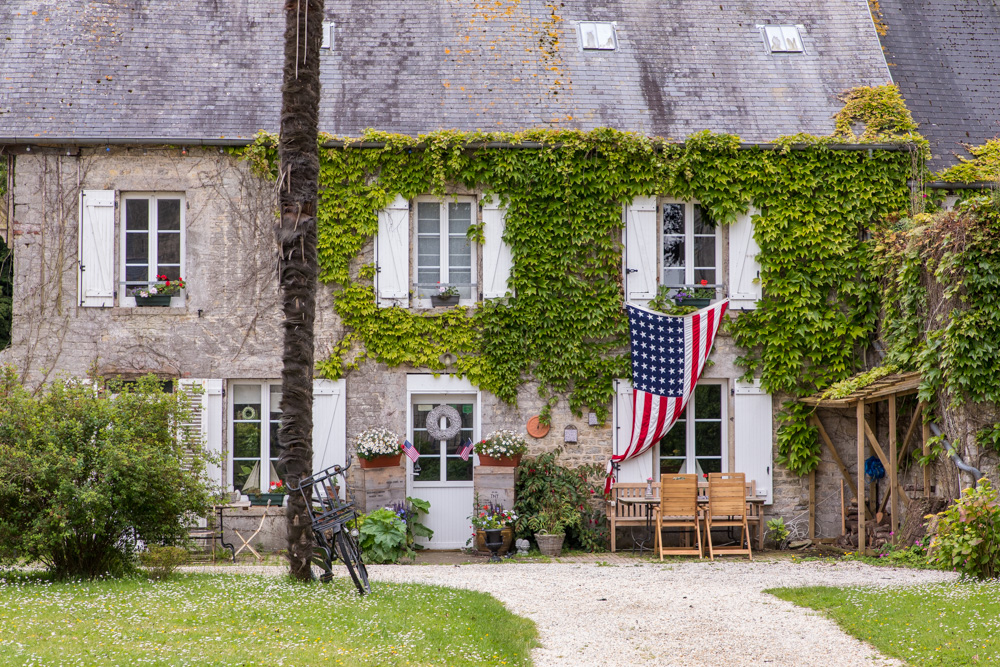

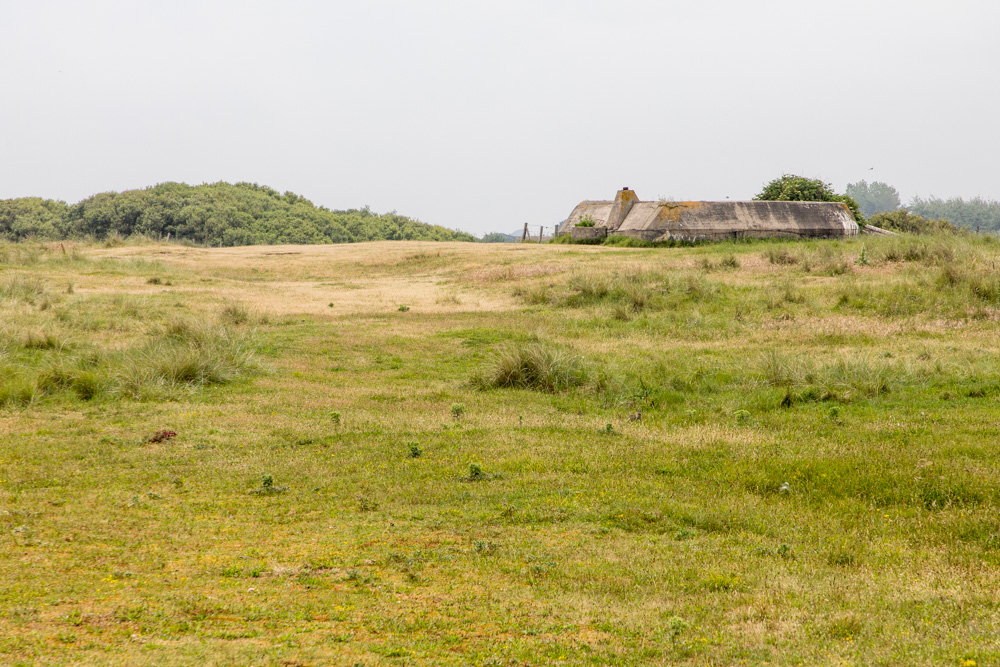
A pillbox a distance off the beach in the dunes. Many of the pillboxes are still standing due to the cost and energy to tear them up.

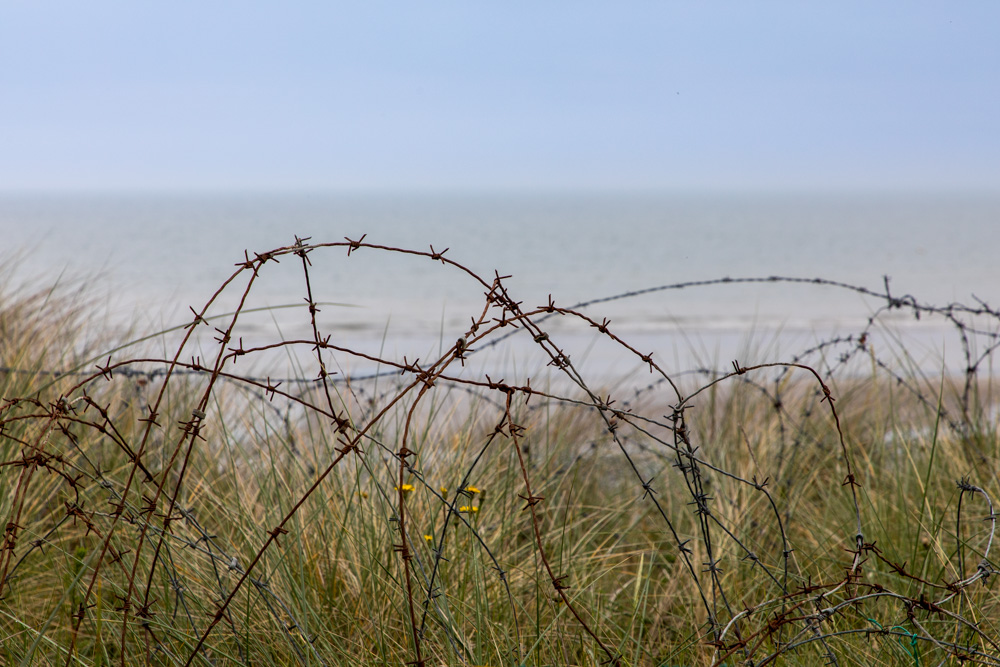

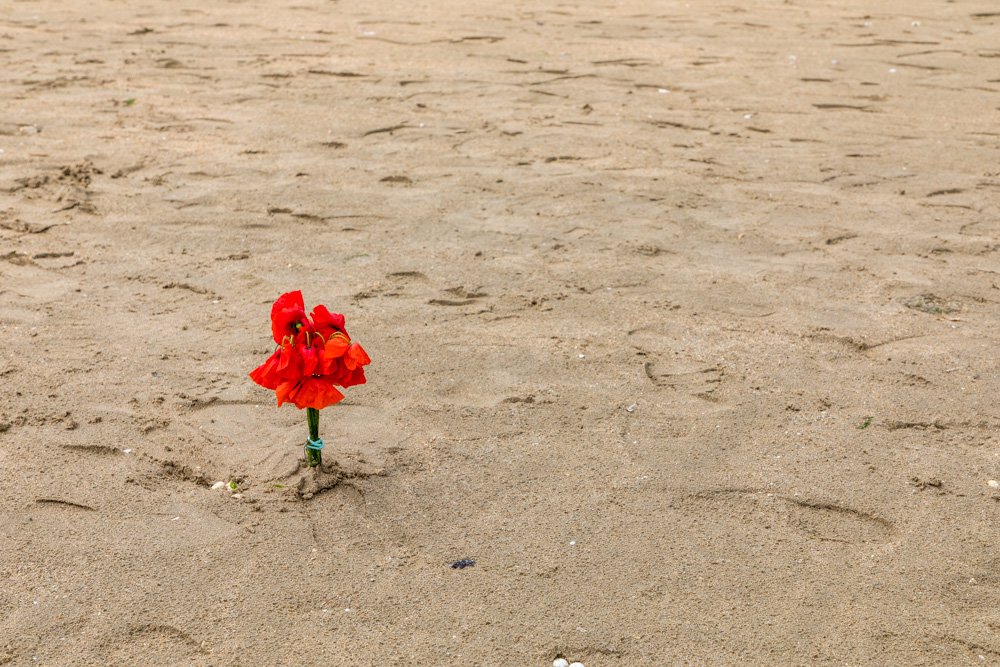

The first senior officer ashore, Assistant Division Commander Brigadier General Theodore Roosevelt, Jr. of the 4th Infantry Division, personally scouted the nearby terrain. He determined that this landing site was actually better, as there was only one strong point in the immediate vicinity. Deciding to "start the war from right here", he ordered further landings to be re-routed.
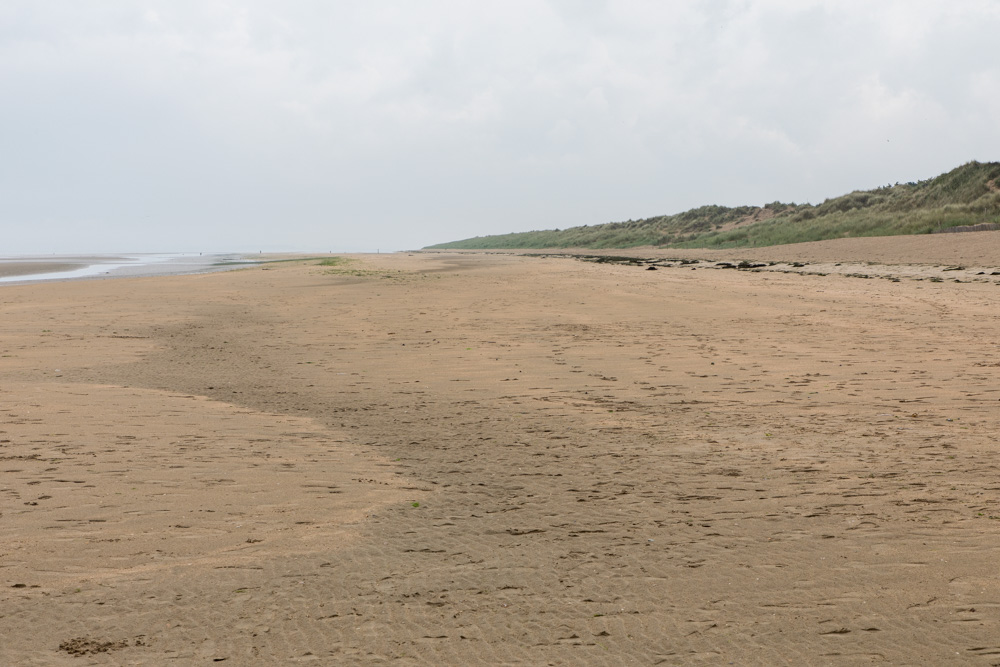

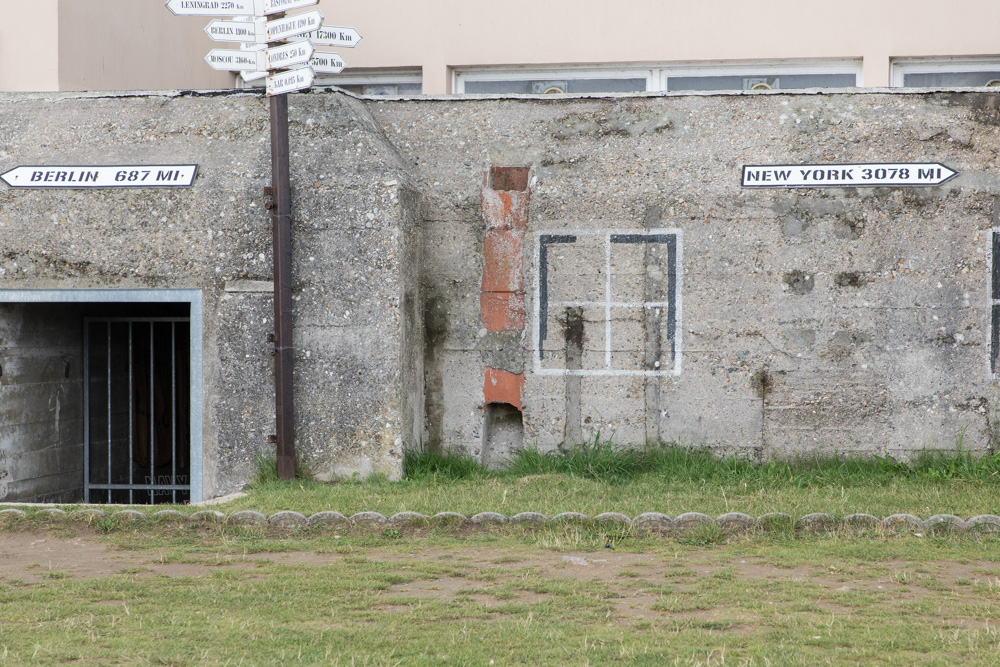
The pillbox was connected to a small cafe in 1944 - both are still connected. You can have a beer in the cafe.

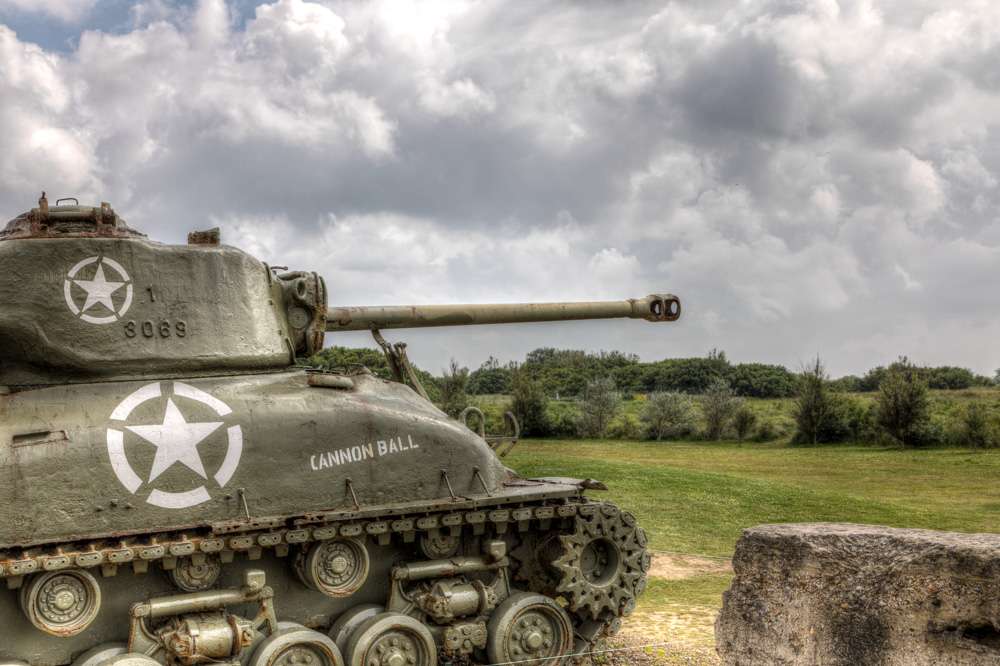
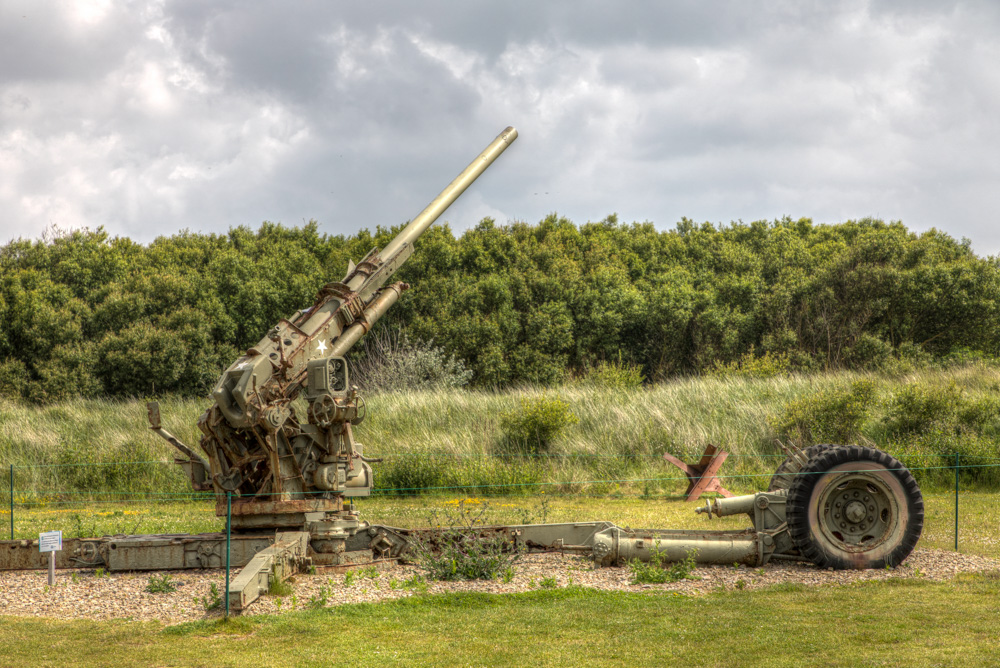
Later that evening, we hear from the granddaughter of a member in the French Resistance and the efforts by thousands of men and women who fought to liberate their country.